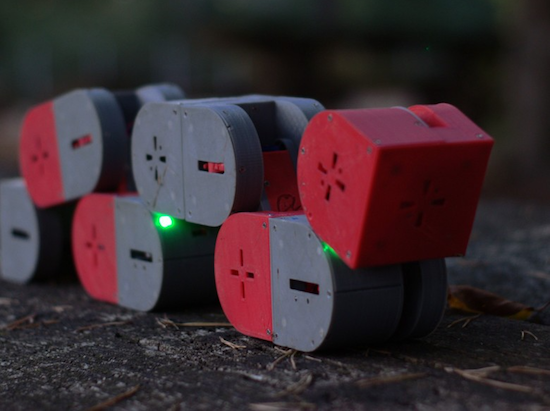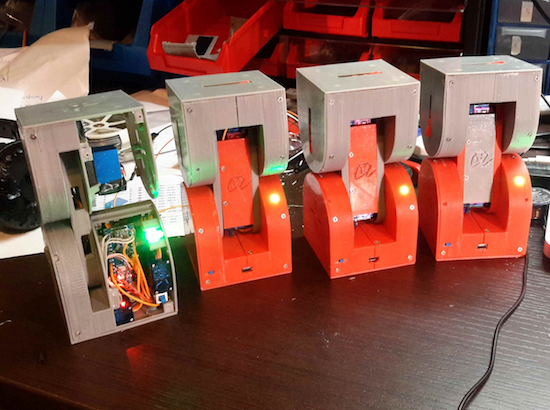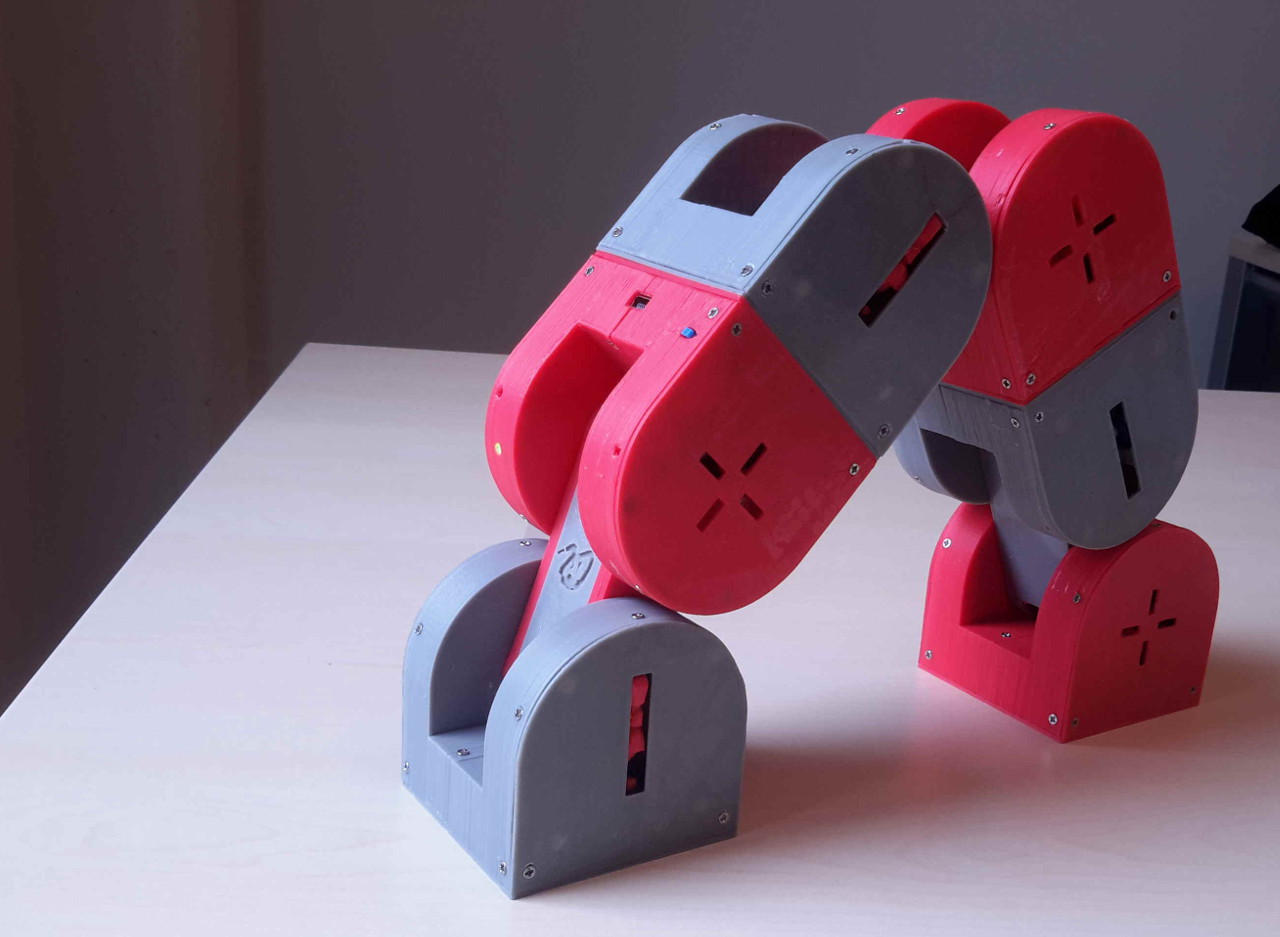07

Congratulations to the winner of this year’s Hackaday Prize, Alberto Molina Perez! Inspired by Bruce Lee’s famous water quote, Dtto is a self-reconfigurable robot that can adopt any shape by simply changing the position and connection of its 3D-printed modules.
A coupling mechanism on both ends allows the sections to assemble themselves in various configurations and carry out complex tasks in unison. They can chain together to create a snake-like robot, turn into a wheel, or even form a bridge to get over a gap. Impressively, this is all accomplished autonomously. The goal is that, one day, Dtto’s versatility will enable it to perform rescue missions and explore unknown environments without any human intervention.

As Hackaday notes, each module consists of two boxes, rounded on one side, linked by a bar. One half houses all of the electronics, which includes an Arduino Nano, a Bluetooth chip, an NRF2401+ radio transceiver, two SG92R Tower Pro servos for hinging, and three Tower Pro SG90 micro servos for coupling, while the other leaves space for additional features, such as a camera, microphone and speakers, multiple sensors, actuators, or more batteries.
You can read more about the project on its Hackaday.io page, and be sure to check out its latest demo reel below!













 Its operation is straight forward. You put a water sensor in the dirt. You turn on the water. When the water hits the sensor, you turn the water off. This was not, however, the most efficient method. The problem is by the time the sensor goes off, the soil is saturated to the point that the plant cannot take it all up, and water is wasted.
Its operation is straight forward. You put a water sensor in the dirt. You turn on the water. When the water hits the sensor, you turn the water off. This was not, however, the most efficient method. The problem is by the time the sensor goes off, the soil is saturated to the point that the plant cannot take it all up, and water is wasted.
